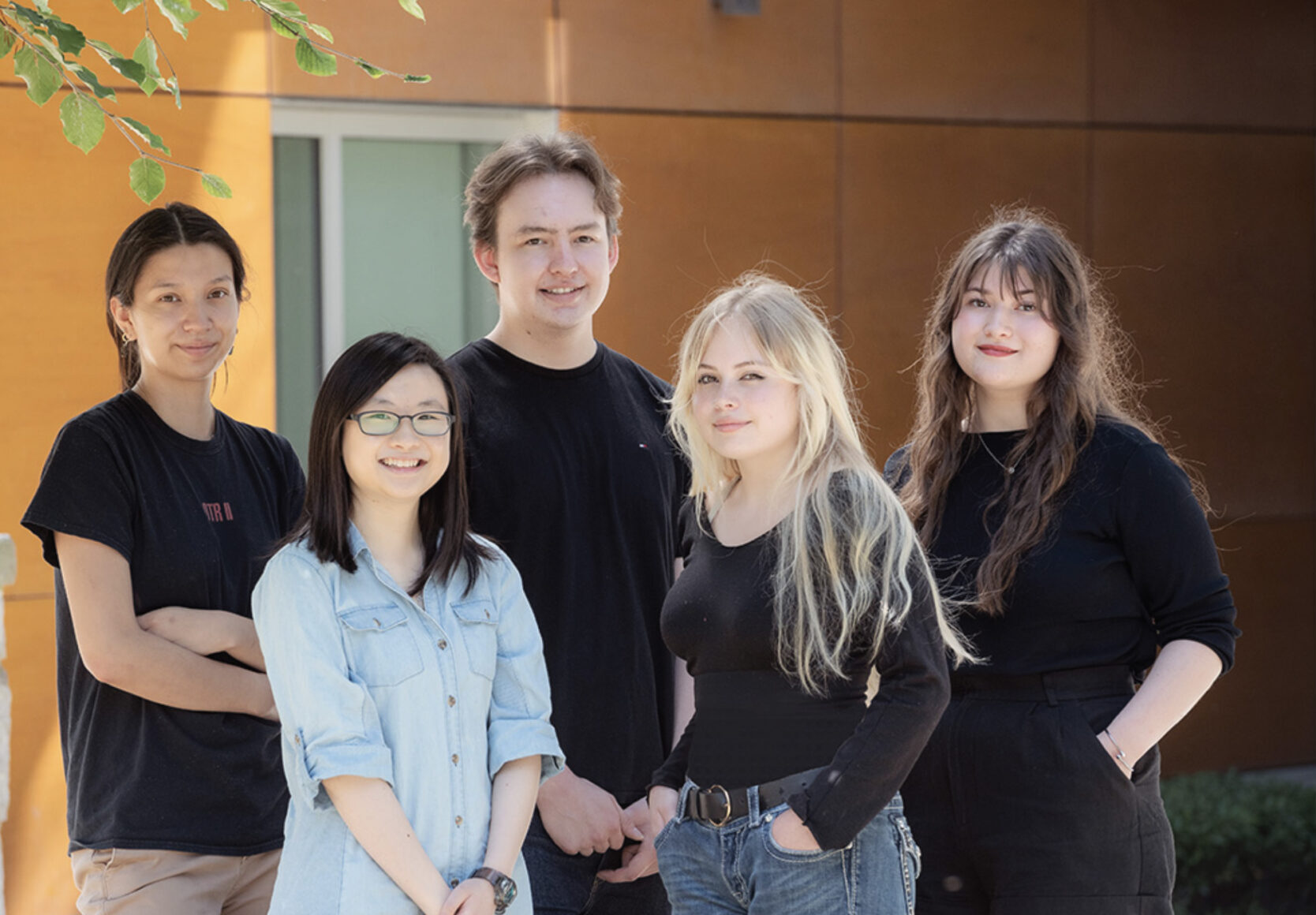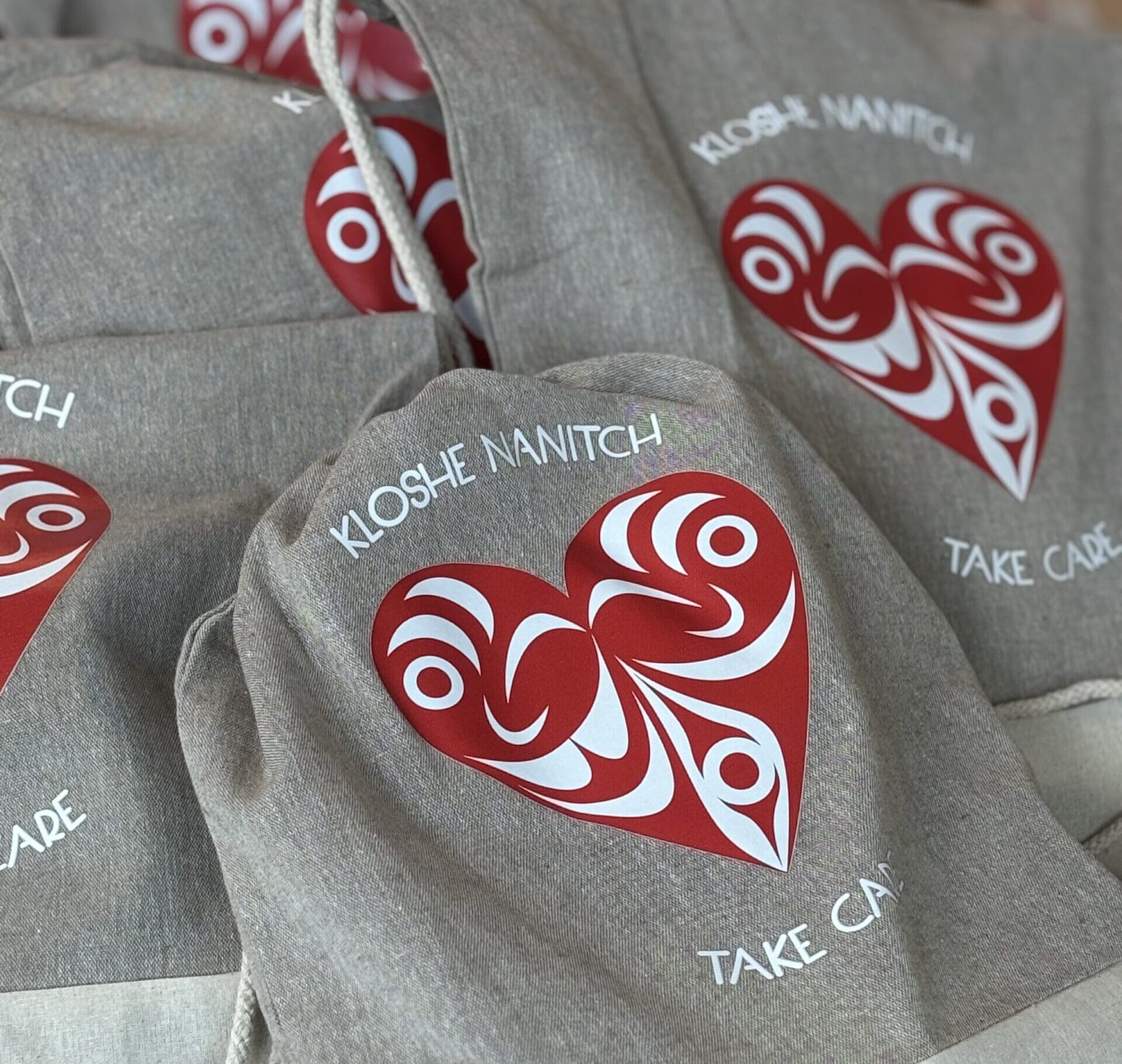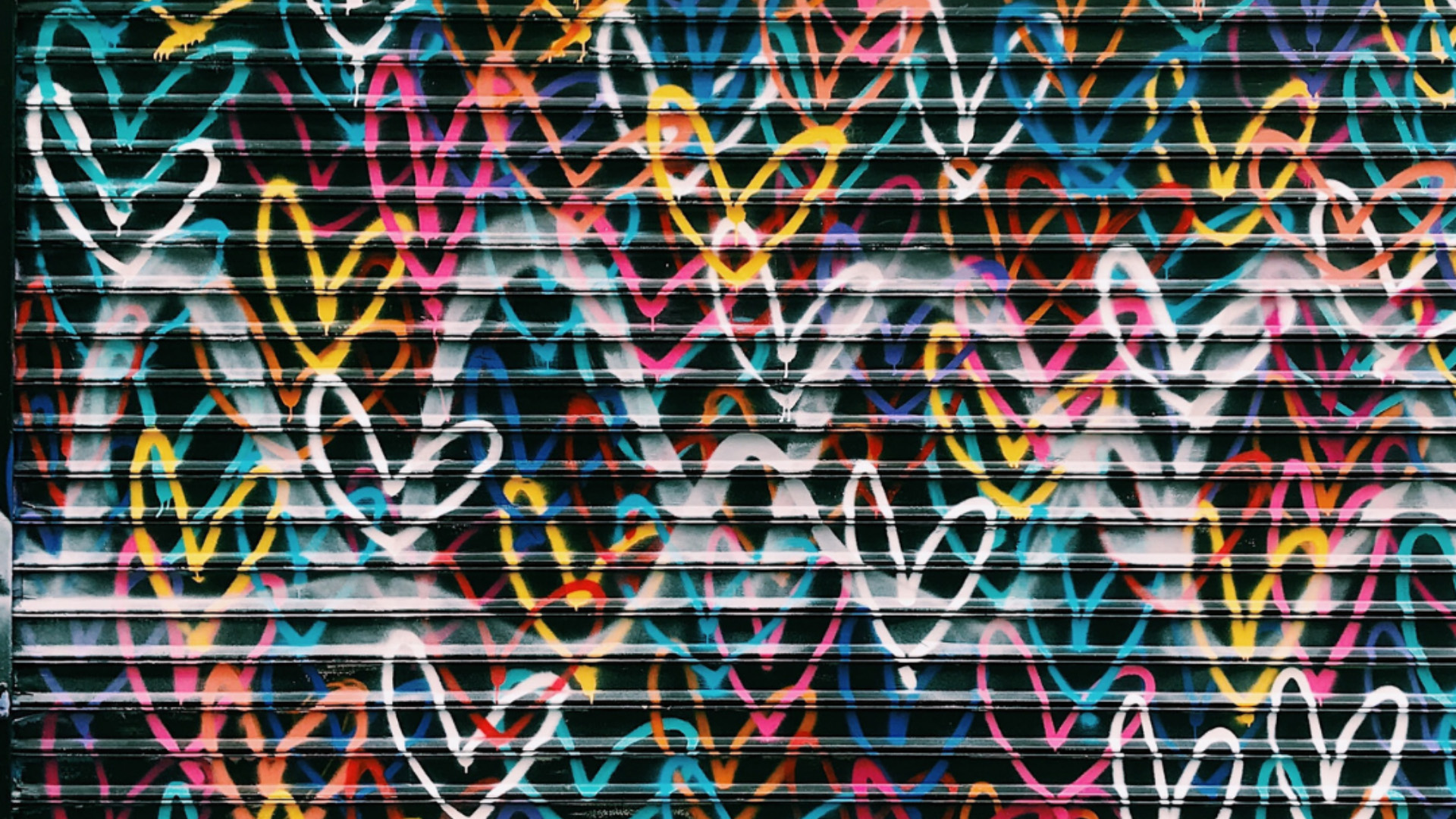Our work at the Foundation is guided by important documents like The Truth and Reconciliation Commission’s Call to Action and our responsibility to uphold the rights of Indigenous Peoples in all that we do. This means recognizing our role as settlers and occupiers working within a system that has historically benefited from, and helped to perpetuate, harms against Indigenous communities. But recognizing our role is not enough; we are funding projects that respond directly to the Commission’s Calls to Action.
We are helping to eliminate educational and employment gaps between Indigenous and non-Indigenous Canadians by co-funding a project with our partners at the British Columbia Centre for Disease Control (BCCDC) called the seed2STEM summer research program for Indigenous youth.
According to our CEO, Kristy Kerr, “Supporting education, training, and employment advancements for Indigenous youth highlights our commitment to Indigenous Rights and the Truth and Reconciliation Calls to Action, while addressing social determinants of health, taking upstream action, and creating new opportunities that advance equity, build trust, and foster relations and reciprocity. These commitments are shared by the BCCDC and we’re pleased to be able to co-fund this innovative program through our partnership, and be part of the meaningful impact from an investment and collaboration like the Seed2STEM summer research program for Indigenous youth.”
With support from our donors, we were able to sponsor some fresh new faces in the BCCDC’s microbiology labs this summer, who studied some of this province’s most complex public health issues.
Planting the seeds of success
STEM fields contribute greatly to healthcare advancements and economic prosperity in Canada and around the world, yet according to Chartered Professional Accountants Canada, “Indigenous representation in these skilled, well-paid positions remains disproportionately low.” This low representation is one of many examples of the ongoing impacts of colonialism on Indigenous Peoples in Canada.
Meeting the needs of a diverse population requires appropriate representation in these roles, to create better programs and outcomes for all. In order to increase Indigenous representation in STEM fields, the International Collaboration on Repair Discoveries (ICORD) within the UBC Faculty of Medicine, and the Vancouver Coastal Health Research Institute (VCHRI) created the seed2STEM summer research program for Indigenous youth in 2018.
Through the seed2STEM program, British Columbia-based Indigenous high school students from grades 9-12 apply for paid, six-week summer research internships with partnering organizations such as iCORD, and BC’s Gynecologic Cancer Initiative. They are mentored by their program leaders, listen to guest speakers, and are given the opportunity to visit scientific and cultural places of interest. At the end of the program, students present their work to friends, family, and members of the research community. Beginning with just one student in 2018, this unique program has since expanded to 60 students in 2024. This summer, the BCCDC joined the program with our support, and employed four interns to work on different research projects.
The research projects completed this summer at the BCCDC had a positive impact not only on the interns, but on communities across the province. From advancing water testing for remote communities to creating easier methods for diagnosing infectious diseases, these projects were designed to both educate and contribute to the health and wellness of BC residents.
Seed2STEM grows roots at the BCCDC
Dr Titus Wong is the executive medical director in Medical and Academic Affairs at PHSA.
What’s more, he is a life-long learner and a strong advocate for promoting diversity, cultural humility, and safety, and eliminating all forms of racism, including Indigenous-specific racism. He heard about the seed2STEM program and thought it would be a good fit for the BCCDC.
According to Dr Wong, “If as a group we recognize that there is something not quite right, in this case it’s about Indigenous representation in STEM fields, then what are some things that we can do? I really applaud [seed2STEM founders Cheryl Niamath and Dr Corree Laule] for starting the program. I heard about this last year because I was working with some of our UBC colleagues on what we can do in this area. I was introduced to (Cheryl) and immediately thought, this is something that BCCDC and PHSA can do.”
After identifying this program as a great opportunity to help create equity in the research environment at the BCCDC, Titus approached the Foundation to see if we could help.
We immediately saw the value in the program — thinking upstream to not only advance equity for Indigenous Peoples, but also shape the public health workforce of the future.
For Titus, a partnership with our Foundation was a natural fit because of our shared principles of social justice, anti-racism, and Truth and Reconciliation. “PHSA as a whole, BCCDC, and the Pacific Public Health Foundation are committed to the elimination of Indigenous-specific racism. Promoting healthier communities through innovation, and equitable initiatives. For me it was a very, very natural partnership,” says Dr Wong.
Cultivating BC’s future public health professionals
Drs Natalie Prystajecky, Environmental Microbiologist at the BCCDC Public Health Laboratory, and Linda Hoang, Medical Director at the BCCDC Public Health Laboratory, spent the summer mentoring the up-and-coming STEM professionals. They were assisted by lab supervisors Sarah Mansour, Jenny Kopetzky, and Annie Mak.
The interns working for Dr Prystajecky took on projects related to water testing. One student researched whether reusable — as opposed to single use — bottles were suitable for beach water testing by molecular methods. This testing helps keep the public safe by monitoring the amount of fecal contamination found in the water at local beaches. “I ran tests for both methods, and we looked for contamination in the results. The amount of contamination for qPCR (testing method) was minimal compared to the numbers needed to close down the beach,” one intern said. Their experience in the lab has further motivated them to continue pursuing a career in marine biology.
A different intern learned how to use a Point of Use Testing machine to facilitate water testing close to where samples are collected, as opposed to shipping them across the province to the public health laboratory, causing delays and potential damage to the sample. The student saw the value in her research to help smaller communities in the province, saying “It was basically (to) empower people. So that maybe, people in northern communities who may want to test their water but don’t necessarily want to wait five days to get it tested could do the testing. So it’s equity and accessibility,” she said. She hopes to continue studying STEM at her dream school — the University of British Columbia — but maybe not in microbiology. “I really like it, but also I think it smells really bad. I can’t be lying over here. I started gagging when I smelled E.coli!”
A third intern worked for Dr Hoang and evaluated a new point of care syphilis test for use in medical clinics. She also created training materials for others to learn how to administer the test. Asked about her summer experience, she recounted, “This is a memory I won’t forget being a part of. Working in a building and having your official badge. You can scan yourself in and go get coffee in the morning.”
The students attended different presentations by guest speakers throughout the summer. Indigenous mentors in sciences, such as cancer and obstetrics doctors, spoke to the students about their careers and achievements. The students learned how to make casts from orthopaedic trauma surgeons, and were even treated to a simulation clean up of a level 3 lab, where they had to wear full protective gear.
But they weren’t the only people profoundly impacted by this summer experience; the project supervisors very much enjoyed their time mentoring these aspiring scientists. According to Jenny Kopetzky, “It was so rewarding to see the students get excited or passionate about different projects, programs, or aspects of science that we were able to introduce them to. It reminded me of when I first fell in love with science many years ago.”
Annie Mak saw the importance of the project and hopes to continue to mentor more students.
“I hope that this project can continue again in the future as this is a unique opportunity for the students to work on a project that has an impact in the community now or in their future. The skill set that they have learned will be invaluable to them in the field of science regardless of where they will continue with their education.”
Sarah Mansour enjoyed getting to know the students’ personalities and learning about their goals for the future. “The students are full of energy and enthusiasm, making it super fun to work with them. It’s been amazing to see how engaged they are and how excited they get working in the lab and working on their experiments!”
With such hopeful and engaged students beginning their journeys in STEM, it is clear the future of public health research in BC is bright. We are thankful to our donors and partners for helping fund projects such as seed2STEM — projects that address the social determinants of health while ensuring proper representation to meet the public health needs of BC’s various communities. We hope that you see the value in this work, and lend your support so that we may continue to fund projects like this in the future.
The only way to truly have a healthy world is by addressing the conditions around us. By investing in inclusion and equity, we are building a healthier and safer future for us all.



